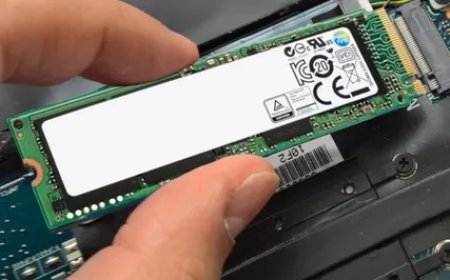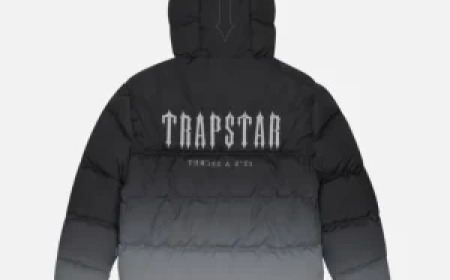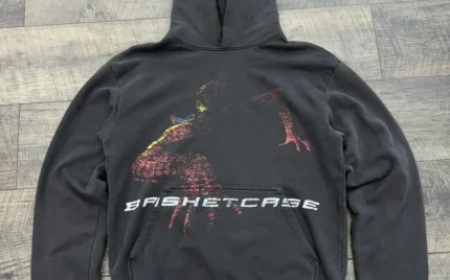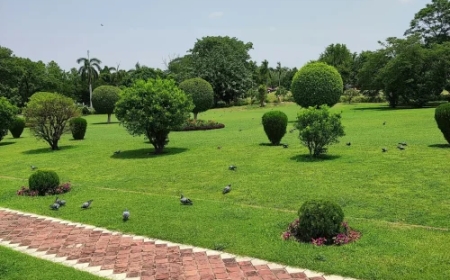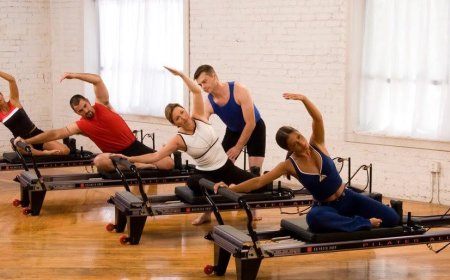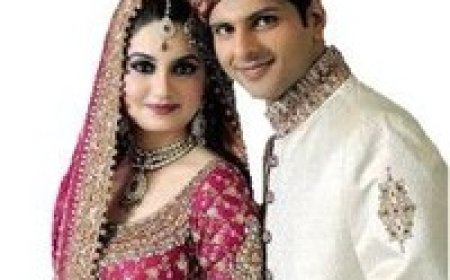Smart Fashion Choices on a Small Budget
Look stylish without overspending! Discover smart fashion choices on a small budget, with tips to upgrade your wardrobe affordably and still look your best.
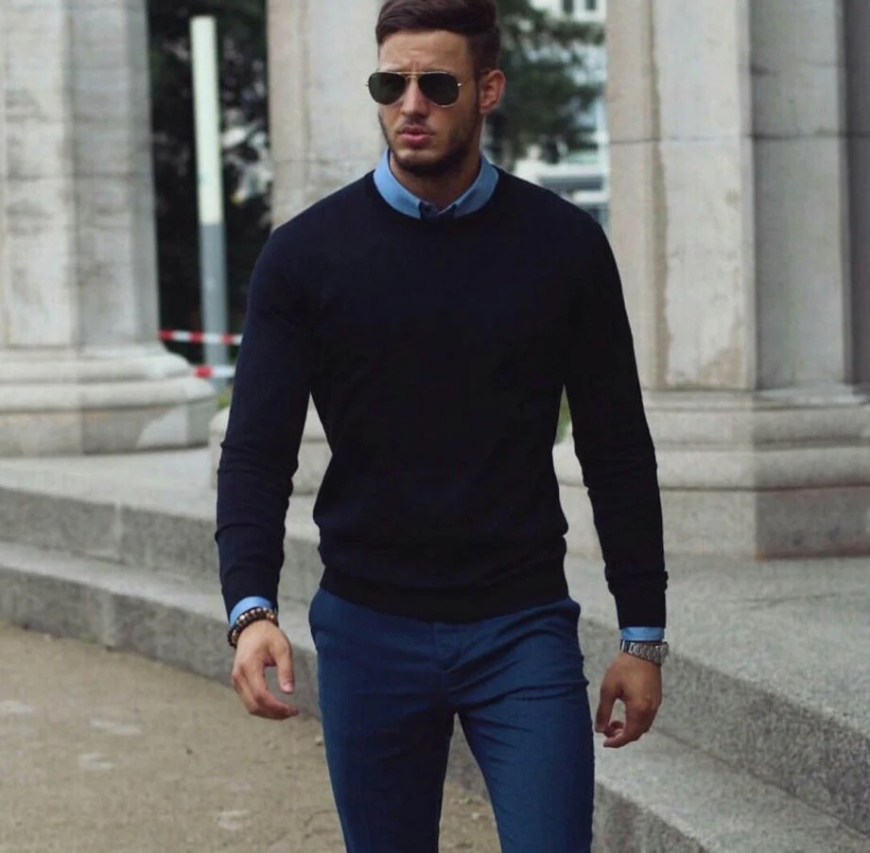
Lets face it, looking good can feel expensive. Between the constant wave of trends and the pressure to keep up, its easy to think that fashion is only for people with deep pockets. But heres the truth: you dont need a huge budget to dress well.
In fact, some of the most stylish people out there are simply great at making smart, intentional choices with their clothing. They know where to spend, where to save, and how to get the most out of every piece.
So whether youre a college student, starting your career, or just looking to make your wardrobe work harder for you, this post will help you upgrade your style without breaking the bank.
Start with a Clear Wardrobe Plan
One of the biggest reasons people waste money on clothes? Shopping without a plan. You walk into a store, spot a cool shirt on sale, and buy it only to get home and realize it doesnt match anything you own.
Before you shop, take stock of what you already have. Make a list of whats missing or what needs replacing. Think about:
-
What pieces do you wear most often?
-
What do you need for work vs. casual wear?
-
Are there any gaps in your wardrobe (like no good jeans or zero layering options)?
Knowing what you need helps you stay focused, avoid impulse buys, and build a wardrobe that actually works together.
Build a Solid Base of Timeless Basics
When youre on a budget, basics are your best friend. Why? Because theyre versatile, easy to style, and never go out of fashion.
Focus on neutral colors like black, white, navy, gray, and olive. These mix and match easily, meaning you can create way more outfits with fewer pieces.
Must-have basics for men might include:
-
Plain t-shirts (crew or v-neck)
-
A few button-down shirts
-
Well-fitting jeans in a dark wash
-
A clean pair of sneakers
-
A neutral jacket (like a bomber, denim, or lightweight parka)
These basics act as the foundation. Once youve got them, you can add layers and accessories to show more personality without spending a lot.
Learn to Shop Smart (And Know Where to Look)
Theres no shame in hunting for a dealsome of the best fashion finds are hidden in budget-friendly places.
Here are a few smart places to shop on a tight budget:
-
Thrift stores and consignment shops: Youd be surprised how many gems you can find hereoften barely worn or even brand-new.
-
Online marketplaces: Check out eBay, Poshmark, Depop, or Facebook Marketplace for secondhand items or great deals.
-
Clearance sections: Many stores discount items that are just off-season or returned.
-
Fast fashion (in moderation): Stores like Uniqlo, H&M, and Zara offer good basics. Just be selective and look for better-made pieces.
The key is to not rush. Take your time, check for quality (more on that soon), and only buy what you know youll wear.
Focus on Fit Over Brand
Its easy to get caught up in labels and logos. But the truth is, the fit of your clothes matters way more than the brand.
A $20 shirt that fits you perfectly will always look better than a $200 designer shirt thats too baggy or too tight.
When trying on clothes (or buying online), pay attention to:
-
Shoulder seams (they should align with your shoulder edge)
-
Sleeve and pant length (not too long or short)
-
Tapering around the waist (especially for shirts and jackets)
If something fits well off the rack, awesome. If not, dont write it off completelya simple alteration can make a cheap piece look custom-made.
Choose Quality Where It Counts
When youre on a budget, you dont have to buy the most expensive version of everythingbut you should invest in a few areas that matter.
Things worth spending a little more on:
-
Shoes: A good pair of shoes will last years and elevate your entire outfit.
-
Outerwear: Jackets and coats are seen often, so having one great one is worth it.
-
Everyday essentials: These are the things you wear all the time, like jeans, sweaters, or even your most-used accessories.
Also, dont forget the basics under it all. A few pairs of quality men's ankle socks or men's crew socks might seem minor, but they can be surprisingly comfortable, and they last longer than cheaper alternatives that fall apart after a few washes.
Learn to Mix and Match
This is the secret to making a small wardrobe feel big. When your clothes are chosen intentionally, you can combine them in tons of different ways.
Heres a quick trick: If everything in your closet works with 80% of the other items, youve nailed it.
Try creating a mini capsule wardrobe of 1015 pieces, including:
-
23 bottoms (jeans, chinos, joggers)
-
35 tops (tees, henleys, button-downs)
-
12 layers (sweater, light jacket)
-
23 pairs of shoes
-
A few accessories (watch, cap, belt)
Challenge yourself to create as many outfits as possible from these. Youll be amazed how far you can stretch a well-chosen wardrobe.
Take Care of What You Already Own
Want to save money and still look sharp? Make your clothes last. Taking care of your wardrobe helps avoid unnecessary replacements and keeps everything looking fresh.
Heres how to make your clothes go the distance:
-
Wash clothes in cold water to preserve color and fabric
-
Air dry or use low heat when possible
-
Store shoes with careuse shoe trees if you can
-
Fold sweaters and knits (dont hang themtheyll stretch)
-
Spot-clean stains right away
Also, learn basic repairs. Sewing on a button or fixing a small tear is easy and saves you the cost of replacing something perfectly good.
Know Whats TrendyBut Dont Chase Every Trend
Trends come and go quickly, and if youre constantly trying to keep up, youll burn through your budget fast.
Its okay to incorporate a few trendy pieces here and theremaybe a new color or a popular accessorybut stick to your personal style and base wardrobe.
Ask yourself before buying: Will I still want to wear this in a year?
If the answer is yes, go for it. If it feels like a short-term hype purchase, it might not be worth it.
Accessorize on a Budget
Accessories are one of the easiest ways to change your look without spending much. A watch, a necklace, a stylish cap, or even a different belt can completely shift your outfits vibe.
Keep it simple:
-
One or two watches (a casual one and a dressier one)
-
A couple of hats (neutral tones work best)
-
A leather or canvas belt
-
A classic tote or backpack
These little additions can make your look feel thoughtfuleven when youre wearing basic pieces.
Final Thoughts
Looking good doesnt have to be expensive. With a little planning, smart shopping, and care for your clothes, you can build a wardrobe thats both stylish and budget-friendly.
The key is to focus on the long game. Dont rush to fill your closet. Invest in versatile pieces that fit well, mix and match easily, and reflect your personal stylenot just whatevers trending that week.
Whether youre buying a new jacket, replacing worn-out jeans, or just stocking up on fresh men's crew socks, every choice you make adds up. With the right mindset, even a small budget can go a long way.
So take your time, make smart choices, and build a wardrobe you actually love to wear.
Youve got this and your wallet will thank you.










